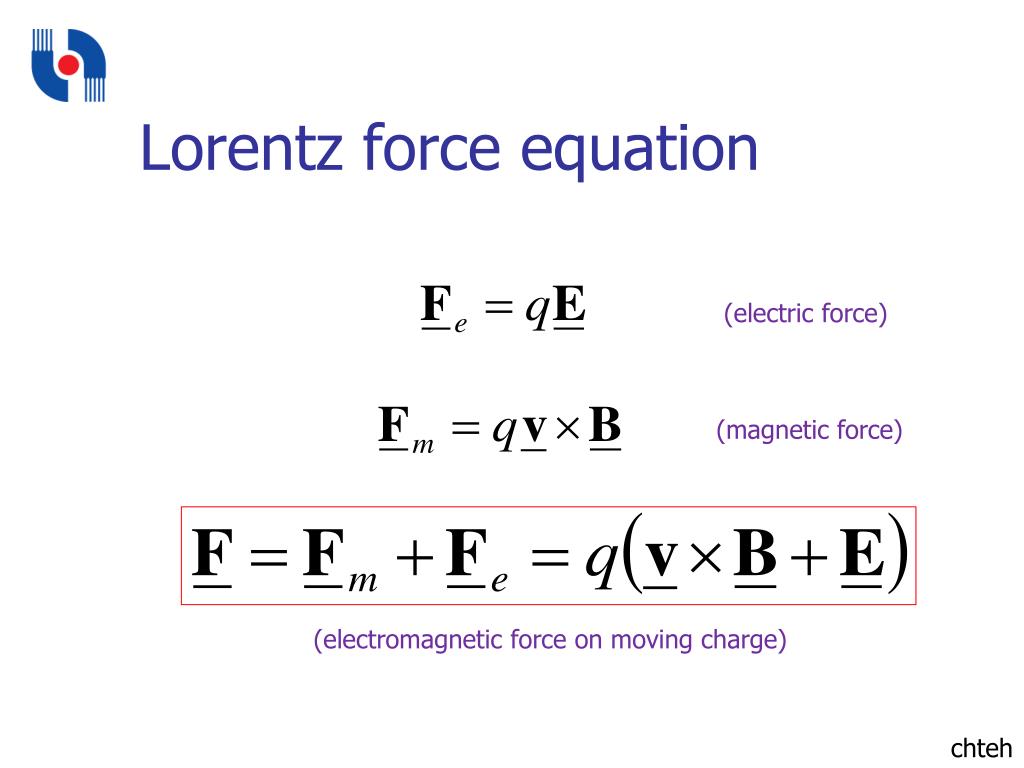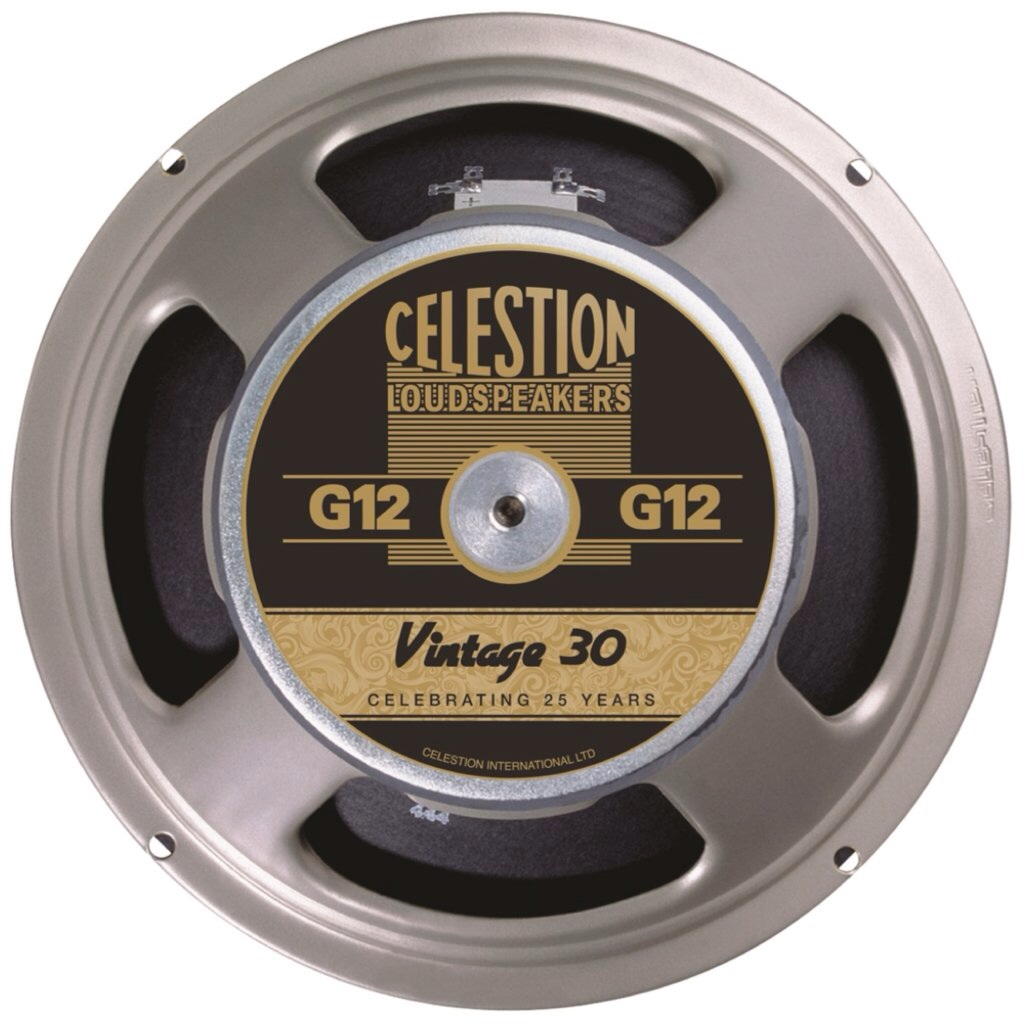I’m primarily talking about stuff like step counters, but also health apps measuring your heart rate, how many stairs you take, the length of your steps, and so on. I’m honest when you tell me to explain it to me like I’m five years old, this one boggles my mind.
It has three sensors that notice if it is changing speed up/down, left/right or back/forth.
A step will result in a speed increase up (foot go from still to up), followed by a sharp speed increase down (foot go from up to down), then “up” again (foot go from down to stop).
Going up a stair causes the same but different timing between the speed changes.
If you are on Android, the Physics Toolbox Suite can let you look at the exact values it is measuring.
Foot go up, foot go down. You can’t explain that!
fucking feet, how do they work?
You don’t have to!
In addition to that, it uses GPS, WiFi, and Bluetooth signals to pinpoint your location very precisely, and can use that to calculate the distances you travel and the number of steps it takes you to get there.
It can also put all of these data points together to tell things like your height and weight. It can only guesstimate things like your heart rate based on your age and BMI, but smartwatches these days have actual heart rate monitors, and pulse and oxygen meters built-in and can share that data with your phone.
Well how about that. I’ve debated making my own pedometer app. I’m assuming there are tutorials online how to do that, but this might be fun to just play with for a bit.
The most basic way to measure movement is with an accelerometer. It’s a little component inside your phone that has a small weight with a known mass connected to springs. When the phone moves or rotates, the weight moves, and the tension on the springs changes. The tension is either constant (you rotated your phone and are now holding it in the new position) or temporary (you moved in a direction and stopped). There are other ways this can be done, but this is the most conceptually simple.
Steps, length of step, distance moved, and heart rate can be estimated from analyzing the movement in various ways.
For example, to detect a step, your phone might see movement slightly up and forward, then down, then a jarring impact. Heart rate can be estimated based on your entered weight in an app, your speed of movement, how long you’ve been moving, and averages for people of your weight moving in those ways. This is a very inaccurate way to measure your heart rate, however. A better way would be by a sensor located on your wrist, arm, or chest, which is what smart watches often do.
Movement measured by an accelerometer can quickly become inaccurate, because small errors add up over time, so for movement over longer distances, phones generally use GPS (communication with a satellite positioning system) which is accurate to within about 5 meters.
If GPS isn’t available, but the phone is connected to multiple cell phone towers, then it’s possible to triangulate the position of the phone given the tower locations. If we know the distance and direction to the towers, and the position of the towers, then we can find the location of the phone by basically adding an offset to one of the tower locations.
There are other, more niche ways to measure positions without triangulation or GPS, but they’re generally used for autonomous robotics - laser positioning with reflectors, ultra-wide-band positioning with special sensors, or visual positioning with cameras surrounding the region in which the robot will be working.
Let me know if you have any further questions.
For completing your nice explanation, here is the DeepL translation of the section in German Wikipedia on micro accelerometers:
In recent years, miniaturised acceleration sensors have become increasingly important. These are micro-electro-mechanical systems (MEMS) and are usually made of silicon. These sensors are spring-mass systems in which the “springs” are silicon bars only a few μm wide and the mass is also made of silicon. Due to the deflection during acceleration, a change in electrical capacitance can be measured between the spring-mounted part and a fixed reference electrode. The entire measuring range corresponds to a capacitance change of approx. 1 pF. The electronics for analysing this small change in capacitance are housed on the same integrated circuit (IC).
There are also variants in which piezoresistive resistors are attached to the bending beam by ion implantation, which change their resistance according to the bending and thus allow conclusions to be drawn about the acceleration.
Thank you. I’m not an expert on how accelerometers work, I’ve generally just used them in robotic and mobile applications.
Your phone has something called an accelerometer in it, it’s a sensor that can tell the orientation of the device. It tracks your rhythm with the phone swinging left and right to tell when you take a step or climbed some stairs. Many apps also use your GPS location to give you a rough estimate if your accelerometer isn’t up for it.
The sensor to detect the orientation of the phone is the gyroscope sensor not the accelerometer, which is only there to measure acceleration of the phone.
Not quite right. The gyroscope tracks rotation. It’s really good at telling when your phone is making rapid turns, but has a a really hard time knowing the difference between a stationary phone and one that’s turning very slowly. It also can’t tell which direction it’s starting from.
The accelerometer is used to tell which way is down, by averaging the acceleration of gravity over time. It can get confused while the phone is in motion, but when things slow down it keeps the gyroscope from wandering around.
I was out walking with a friend the other day and he tripped and fell. His watch told him, “It seems you’ve fallen sharply.” He had to tap the screen to stop it calling the emergency services. The other friend walking with us said his wife’s watch tells her to stand up if she’s been sitting too long. “And she does it!” I’m officially a curmudgeon, grumbling about tech taking over.
I actually really like this kind of tech that is focused on health and safety. I just wish it weren’t also reporting all this shit to corporate overlords.
As someone who did not stand up often enough, listen to it. I can barely sit for 15 minutes now without being in excruciating pain. The only chairs I can comfortably sit in are recliners. I’m only 40 now, and my problem started at least a decade ago. It’s common advice for a reason.
So, you are supposed to calibrate the pace length, it can guess that but it’s not as accurate.
It uses accelerometers for “fine” movements like bouncing in your pocket or being flipped over (or for augmented reality, etc,) but gps for very coarse positioning. (GPS knows you’re in a building, or maybe one of a few small buildings. WiFi location knows what room you’re in.)
They use everything together to create a picture of your movements.
GPS is good enough now to know what room you’re in, I’ve tested it at my house. It can tell the difference between the 30 feet or so between my bedroom and front door. Someone else in this thread says it’s accurate to about 5 meters.
A radius of 5 meters- 15 feet or so. Which of you consider the scale of what’s going on (satellites in orbit, pinging your location to a relative pin prick, accounting for relativity,) it’s fucking impressive.
But you might be anywhere along a thirty foot line.
And that’s at its most optimal conditions. Inside a building (particularly commercial or industrial, and particularly larger buildings,) that becomes much, much more problematic.
Which is why they use combinations of things like WiFi location (“improved location services”) to increase accuracy as well as dead reckoning using your accelerometer.
But ultimately, that’s all just a guess, and they’ll frequently cheat. For example, if you pull under an overpass and stop, pretty quickly they’ll start wigging out bouncing you between the road above you or the one you’re actually on. Or when you decide to ignore navigation instructions on the highway- which is why until it updates the map it’ll still show you on the offered route. (Which might be 200 ft down the road, and 50ft away.)
All of that to say that they’re using a lot of tricks to convince you that it’s a lot more precise than it really is.
As well as the us military intentionally keeps GPS readings inaccurate, as conspiracy theorist as that sounds lol
This hasn’t been true for 24 years.
I’ll admit i havent looked into it in a couple years, but I could have sworn this was why real time kinematic positional systems existed. I can’t imagine the crystal timer nor the accuracy of a digital signal could be the issu
(Of course I’m too lazy to google it so take this as scientific as the effort i put in, minimal lol)
Well, the civilian signals are, yes. Their hardware is likely much more accurate.
How else they gunna get a baddie with a stabby-slashy ninja missiles dropped by some dude in a poorly air conditioned shipping container somewhere in like, Arizona.
There’s another trick - checking against street maps. When you walk/drive/ride around a corner the phone can use it’s inaccurate GPS reading and update it according to where the corner is. Of course it doesn’t use ONE corner. to fully update your position, it just nudges the position a bit closer.
In case you are navigating a lot of street corners, after a time an inaccurate GPS position will be corrected.
There’s even more input to the algorithm (location of known WIFI Hotspots for example etc) and they are all combined with a “Kalman filter”.
Magnets.
Seriously.
Magnets. How do they work?

B is the magnetic field. Both B and E fields generate measurable forces.
In particular, magnetic forces require the charge to be moving. If v = 0, the term v × B = 0, i.e. it disappears. The equation above is really why magnets are able to do stuff.
Some materials are just naturally “more chill with” having its charges magnetized into motion. These are your permanent magnets. Electromagnets use an external source to generate an electric current, which is charge in motion, which generates the magnetic field.
It’s wildly more complicated than that, like it’s literally several college courses, but IMO that’s the gist of it.
Like the tide. Tide goes in, tide goes out. You can’t explain that.
It’s actually micromachines, son
I came for the answers, stayed for the MEMS
Step counters use the phone accelerometers which the phone also uses to notice its own orientation. They measure longer distances with GPS. I haven’t yet seen a phone that can detect your heart rate by itself. Some wristwatches/fitness bands do it using an electrical sensor (electromyograph) on your wrist, and send the info to your phone by Bluetooth.
I think one of the Pixels or one of the old nexus devices could read heart rate through the camera somehow, but you had to put a big fingerprint on the lense so it was useless to most people.
Samsung phones used to be able to measure heart rate along with blood oxygenation. Not sure when they stopped, but I know one of my old galaxy’s had it, either the 5 or 8.
I think it had to do with how the cameras and lights were oriented. I missed that one too. Pretty damn accurate.
Something like that, yeah. Didn’t personally have an actual practical use for it, but it was certainly a nice thing to have.










